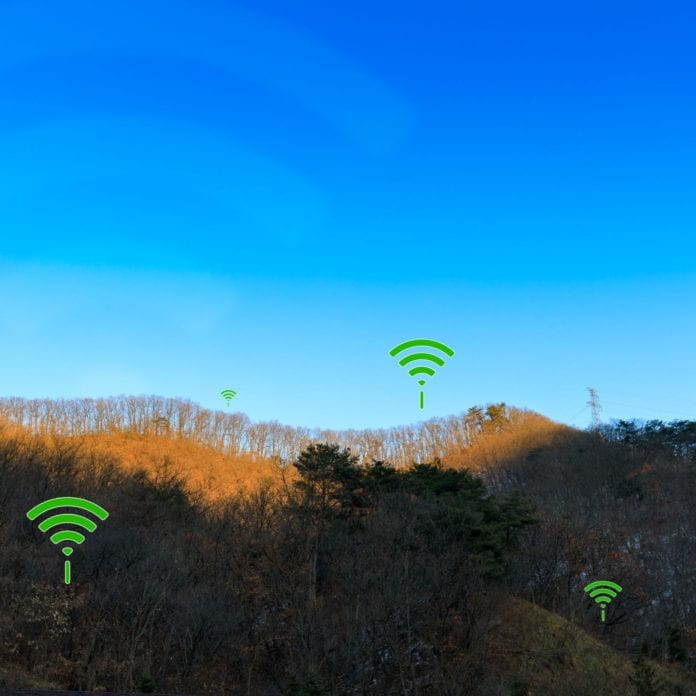The 5G Fund for rural America to replace the Mobility Fund Phase II
In the latest show of support for rural America, FCC Chairman Ajit Pai announced the launch of a $9 billion fund to accelerate the deployment of advanced 5G wireless in rural locations across the U.S. The new 5G Fund for rural America will replace the previously planned Mobility Fund Phase II, which would have provided federal support for 4G LTE service in unserved areas but became bogged down in fights over the accuracy of national providers’ coverage maps.
In order to receive funds from the Mobility Fund Phase II, wireless providers were required to submit 4G LTE coverage data that helped to determine unserved locations, and which areas were eligible for subsidies from MFII. However, a recently released report showed that the 4G LTE coverage data submitted by providers is not sufficiently reliable for the purpose of moving forward with Mobility Fund Phase II. During the challenge process for MFII, many rural providers protested that coverage maps submitted by the four national carriers overstated each provider’s actual coverage and did not reflect on-the-ground experience in many instances.
A FCC staff report on the accuracy of the submitted coverage data — and the challenges — was released along with the plans for the new 5G fund.
“Accurate broadband data is essential to bridging the digital divide, and bridging the digital divide is the Commission’s top priority,” the report said, going on to add that “Our analysis and speed tests suggest that the submitted MF-II coverage maps did not match actual coverage in many instances” and recommending that the challenge process for MFII be terminated — and that the FCC should put together a team with the resources and expertise to verify broadband coverage maps. “Broadband data accuracy should be made a top priority going forward and providers should be put on notice of the penalties that could arise from coverage filings that violate federal law,” the report said.
The new funds, focusing on 5G specifically, will be allocated through a reverse auction and would target hard-to-serve areas with sparse populations and/or rugged terrain, and at least $1 billion of the total funds will be set aside specifically for deployments facilitating precision agriculture in an effort to better support 5G connectivity in farming operations.
“We must ensure that 5G narrows rather than widens the digital divide and that rural Americans receive the benefits that come from wireless innovation,” Pai remarked.
Pai explained that 5G will allow for more responsive, more secure and drastically faster wireless networks for America’s businesses and consumers.
“We want to make sure that rural Americans enjoy these benefits, just as residents of large urban areas will,” said Pai.
While everyone was quick to see the value of implementing 5G networks in dense, urban environments, rural use cases may have been overlooked. However, as Peter Linder, Ericsson’s vice president of marketing & communications in North America, explained to RCR Wireless a few months ago, 5G does indeed address challenges faced by rural communities, and while different than those faced in cities, are equally critical.
“Where the city is trying to make it smart, the countryside is trying to make it clever,” said Linder. According to him, the clever countryside concept is composed of five focus areas in which 5G will provide significant benefits: education, agriculture, green energy production, manufacturing and outdoor recreation.
The FCC, too, has made its position on the importance of bringing reliable, fast connectivity – 5G or otherwise – to rural areas clear. In response to the continued gaps in rural broadband coverage and the reality that current coverage mapping just wasn’t cutting it, the FCC recently established the Digital Opportunity Data Collection to collect geospatial broadband coverage maps from fixed broadband Internet service providers of areas where they make fixed service available. Previously, the data was collected at the census block level, meaning the entire area would be marked as “served” even if only one person or business had access to broadband.

